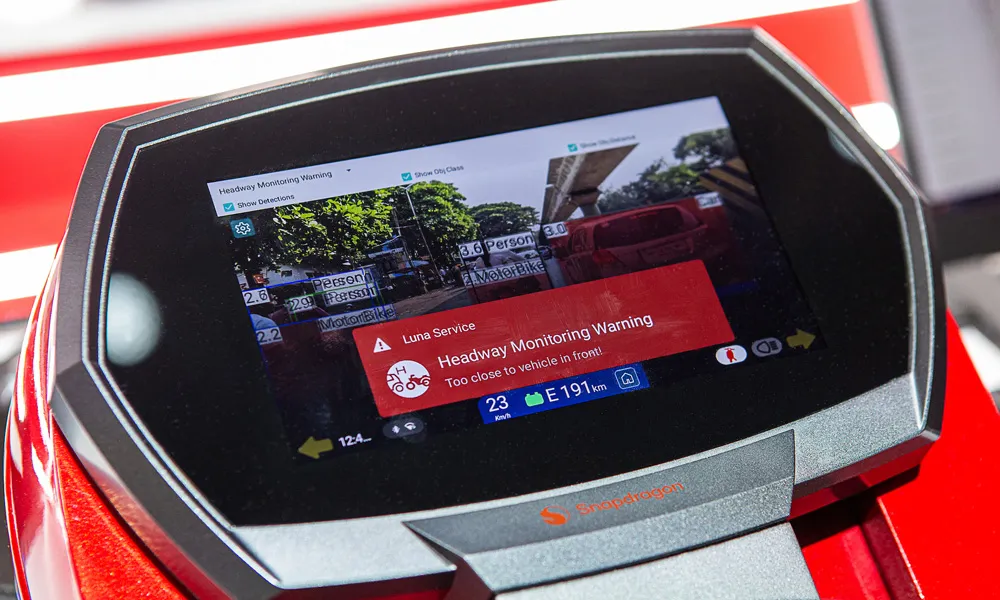Siemens ranks first in ABI Research’s latest competitive assessment, Smart Transportations Market Research, which evaluates traffic management systems hardware, software, solution, and data providers.
It performs strongly on innovation criteria across the board, with an extensive portfolio for traffic monitoring and video surveillance, operations and management centres, modelling and planning, intelligent traffic lights, digital signage, and dynamic tolling. It also scores high on implementation criteria
February 5, 2015
Read time: 2 mins
It performs strongly on innovation criteria across the board, with an extensive portfolio for traffic monitoring and video surveillance, operations and management centres, modelling and planning, intelligent traffic lights, digital signage, and dynamic tolling. It also scores high on implementation criteria such as regional coverage, market share, and quality, and reliability.
“Siemens forms part of a top three of ICT players also including
Behind the top three, dedicated ITS players such as
These findings are part of ABI Research’s which covers V2X, ETC, traffic management systems, ITS, multimodal transportation, and electric vehicles.








